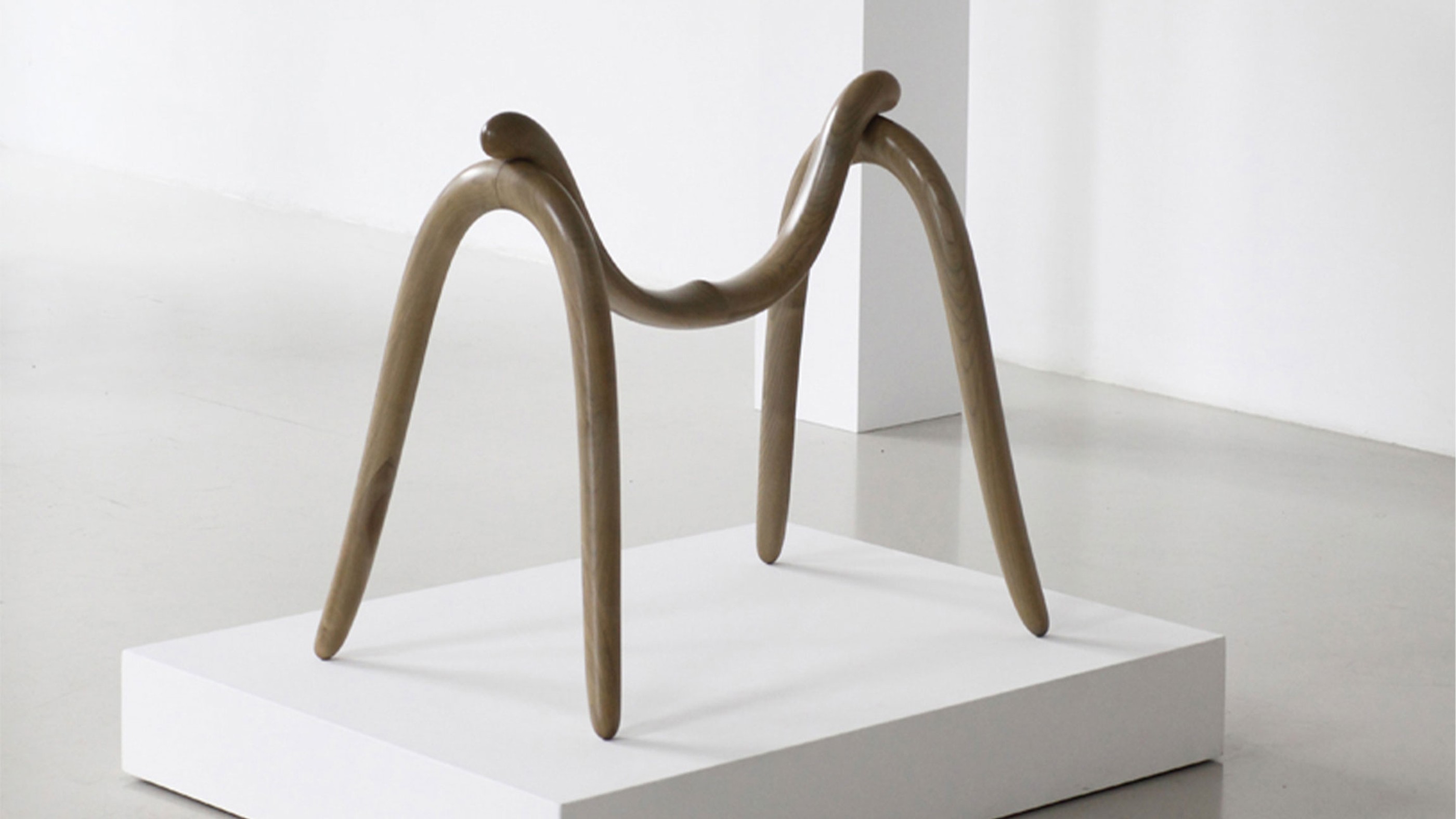
SWING
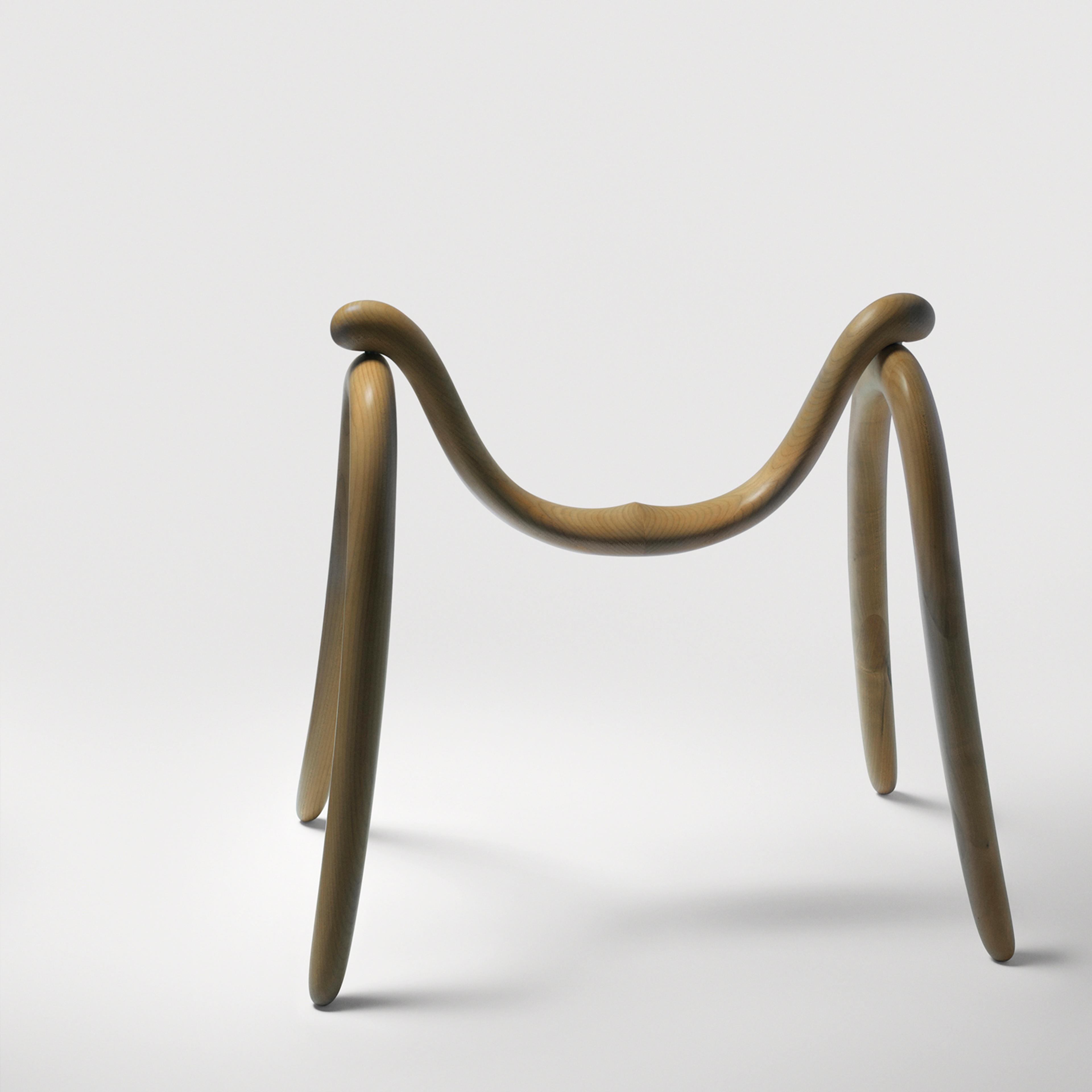
Designer
Aldo BakkerManufacture
Rutger GraasCirca
2014
Description
The minimal wood construction of Swing brings together three U-shaped pieces of wood to mimic the act of sitting on a swing. One of Aldo Bakker’s iconic designs, the Swing seat has been widely exhibited in European museums as part of retrospective exhibitions of the designer’s work. MUSEUM COLLECTIONS CID Museum, Grand Hornu Centraal Museum, Utrecht EXHIBITIONS U-Joints Exhibition Milan, 2013 Cuypershuis Roermond, 2015 Harrie Tillie award MUDAC Lausanne, 2017 Hermes Tokyo, 2017 CID Grand Hornu Museum, 2017 MUDAC Museum Lausanne, 2017
Aldo Bakker
Aldo Bakker
Born in the Netherlands in 1971 to Dutch designers Gijs Bakker and Emmy Van Leersum, Bakker grew up in an environment infused with a strong aesthetic sensibility. Rather than a formal design education, he forged his own path by training as a silversmith. Bakker set up his own studio in 1994, later moving into furniture and product design.
Bakker is interested in organic forms and movements that defy time, zeitgeist, functionality, and purpose. Those who see Aldo’s design for the first time are often drawn to the form or the materiality before they wonder what their purpose is.
This engaging and intriguing moment is important to the designer who grew his own unconventional approach to design in the scholarly household of two Dutch design icons. As opposed to most designers, Bakker rarely starts a design idea from the desire to solve a problem or address practical needs. Most of his objects start from the fascination for the timeless beauty of a form and the movement it may suggest; the form and its movement would then inspire a function. The cleverness and oddity of Aldo’s designs give his objects some type of natural legitimacy and timelessness.
Bakker’s pieces result from the dexterity of his master craftsmen collaborators — silversmith Jan Matthesius, ceramicist Frans Ottink, woodcrafter Rutger Graas, urushi master Sergej Kirilov or metalsmith Andre van Loon among others.
Widely published and exhibited in Europe today, Aldo held his first large exhibition at the Amsterdam Gallery ‘Binnen’. Invited by Ilse Crawford of the Eindhoven Design Academy in 2002, Bakker has fulfilled a successful tenure at the Design university for over ten years. Today the designer continues selected collaborations with renown manufacturers while further completing his personal collection with master craftsmen and galleries around the world.
Aldo Bakker
Born in the Netherlands in 1971 to Dutch designers Gijs Bakker and Emmy Van Leersum, Bakker grew up in an environment infused with a strong aesthetic sensibility. Rather than a formal design education, he forged his own path by training as a silversmith. Bakker set up his own studio in 1994, later moving into furniture and product design.
Bakker is interested in organic forms and movements that defy time, zeitgeist, functionality, and purpose. Those who see Aldo’s design for the first time are often drawn to the form or the materiality before they wonder what their purpose is.
This engaging and intriguing moment is important to the designer who grew his own unconventional approach to design in the scholarly household of two Dutch design icons. As opposed to most designers, Bakker rarely starts a design idea from the desire to solve a problem or address practical needs. Most of his objects start from the fascination for the timeless beauty of a form and the movement it may suggest; the form and its movement would then inspire a function. The cleverness and oddity of Aldo’s designs give his objects some type of natural legitimacy and timelessness.
Bakker’s pieces result from the dexterity of his master craftsmen collaborators — silversmith Jan Matthesius, ceramicist Frans Ottink, woodcrafter Rutger Graas, urushi master Sergej Kirilov or metalsmith Andre van Loon among others.
Widely published and exhibited in Europe today, Aldo held his first large exhibition at the Amsterdam Gallery ‘Binnen’. Invited by Ilse Crawford of the Eindhoven Design Academy in 2002, Bakker has fulfilled a successful tenure at the Design university for over ten years. Today the designer continues selected collaborations with renown manufacturers while further completing his personal collection with master craftsmen and galleries around the world.

Aldo Bakker Collection

SOY POURER

SILVER SALT CELLAR
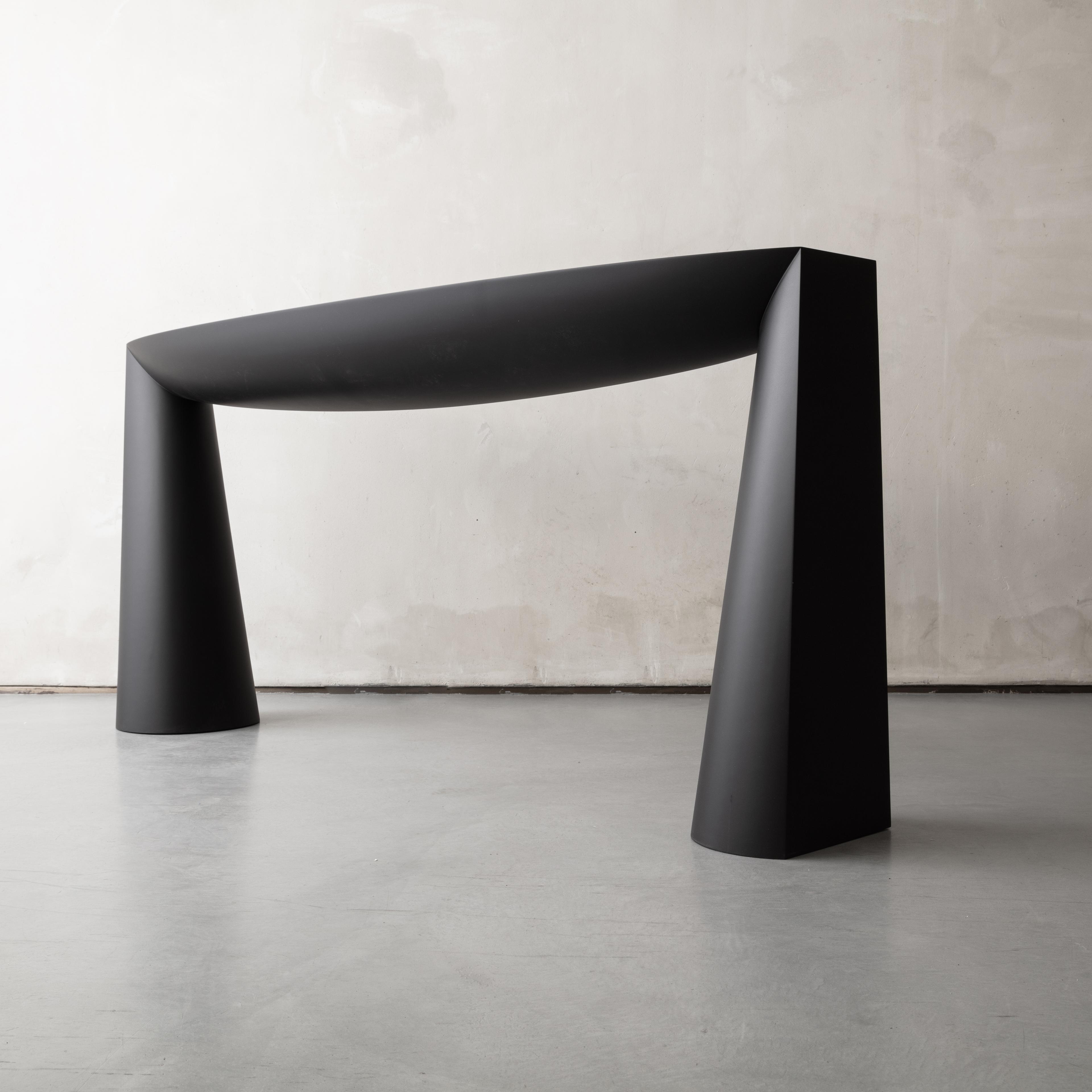
CONSOLE BLACK

ANURA WHITE

URUSHI CONSOLE
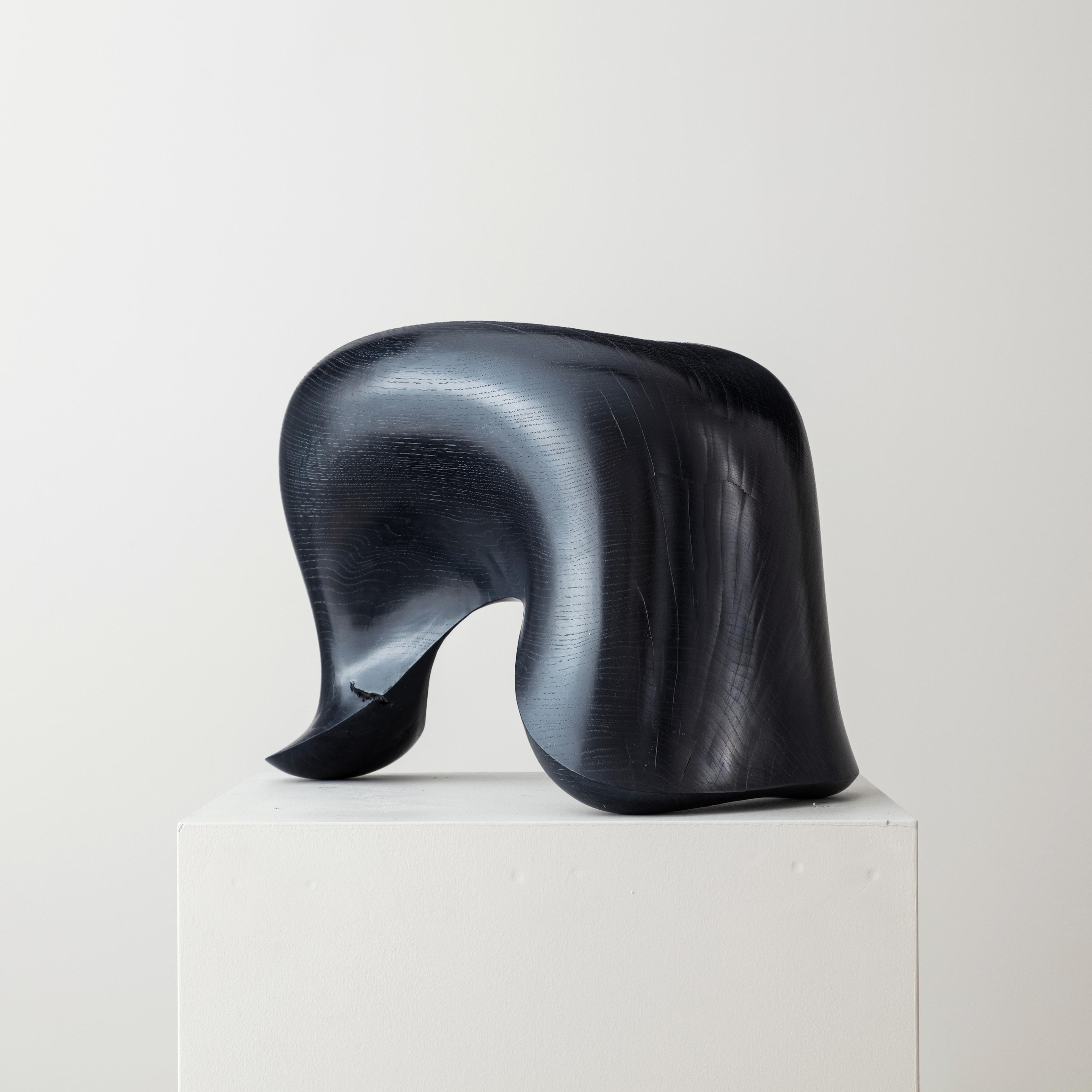
TONUS INDIGO
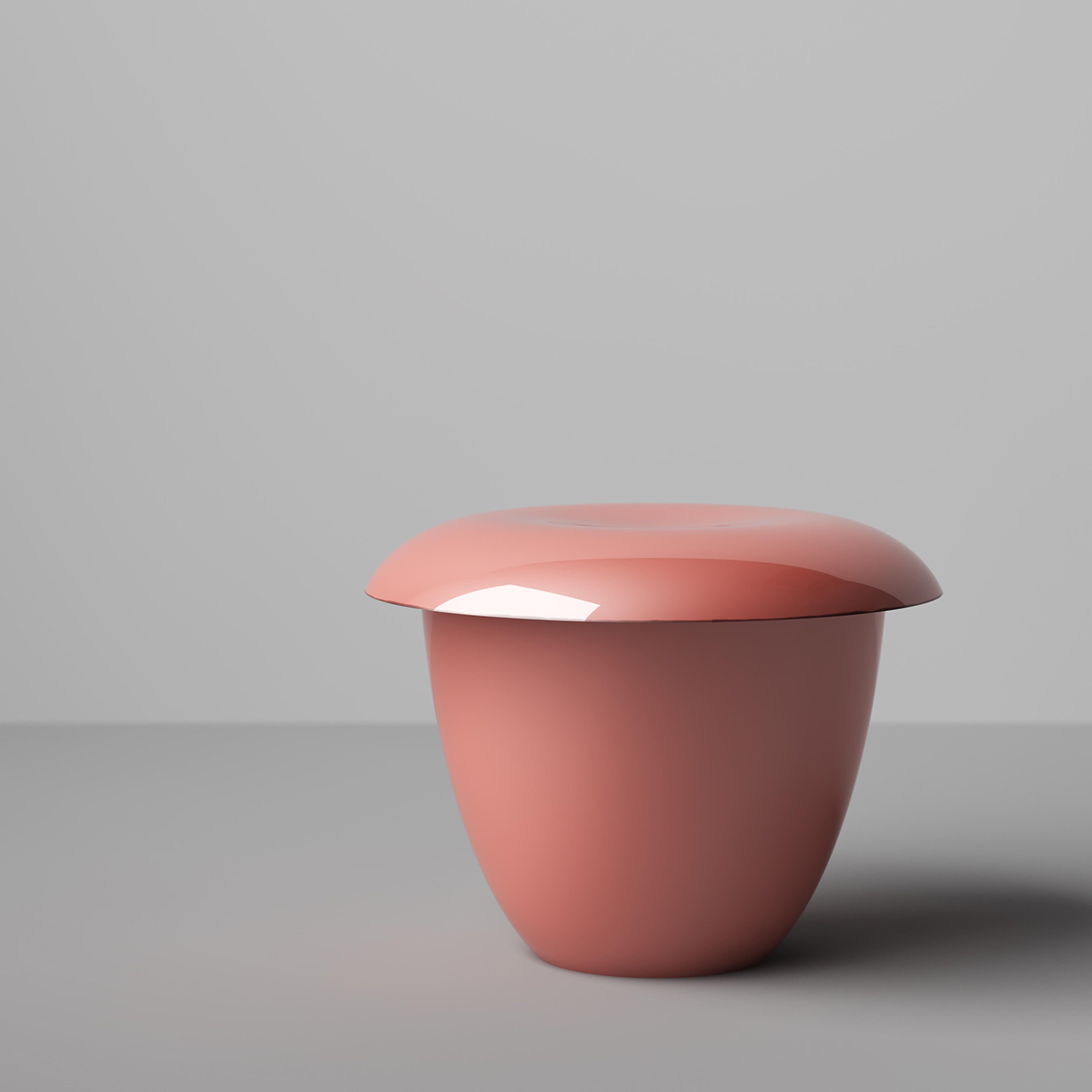
PINK URUSHI STOOL BON
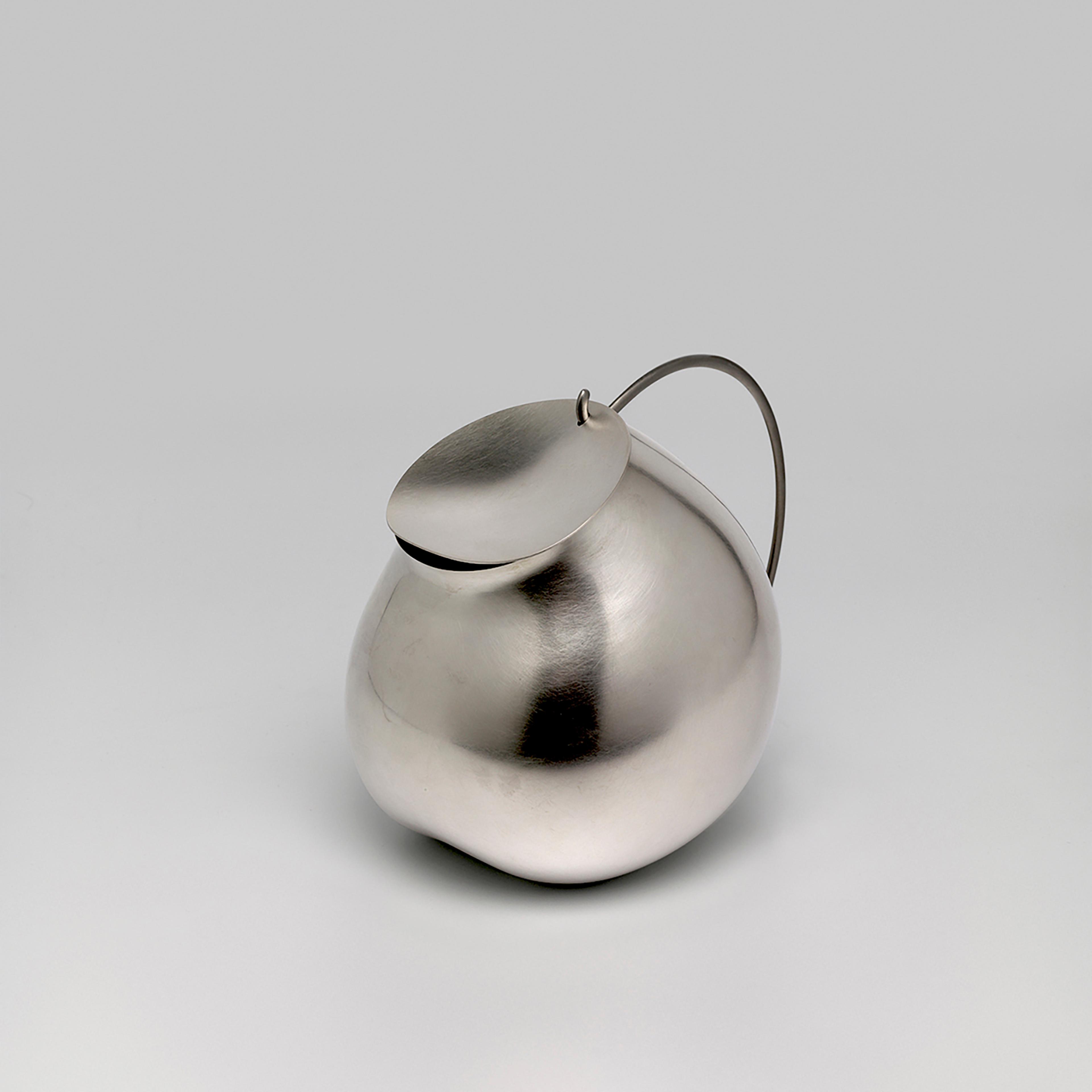
FAT ONE
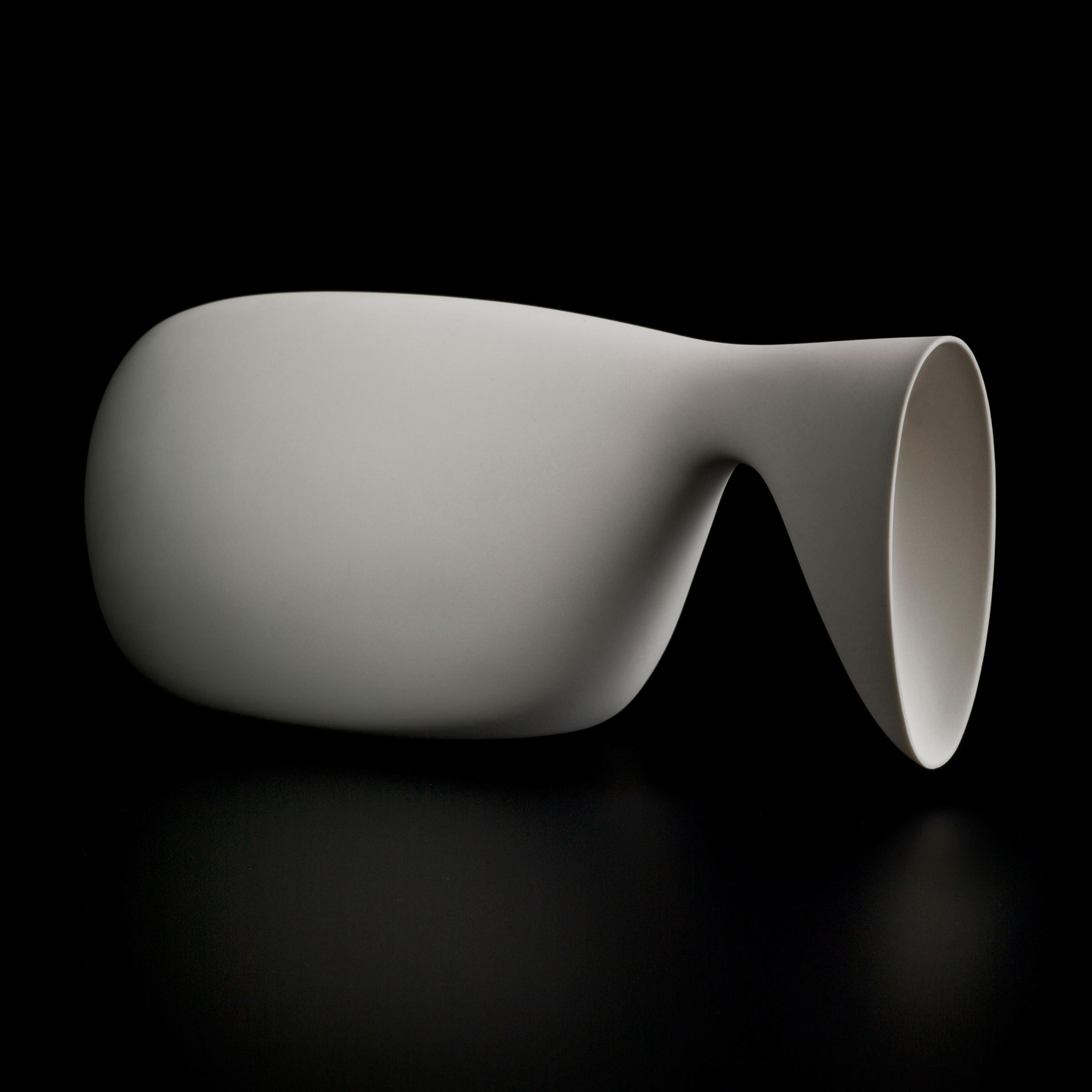
WATER CARAFE

THREE - PAIR | IVORY MARBLE
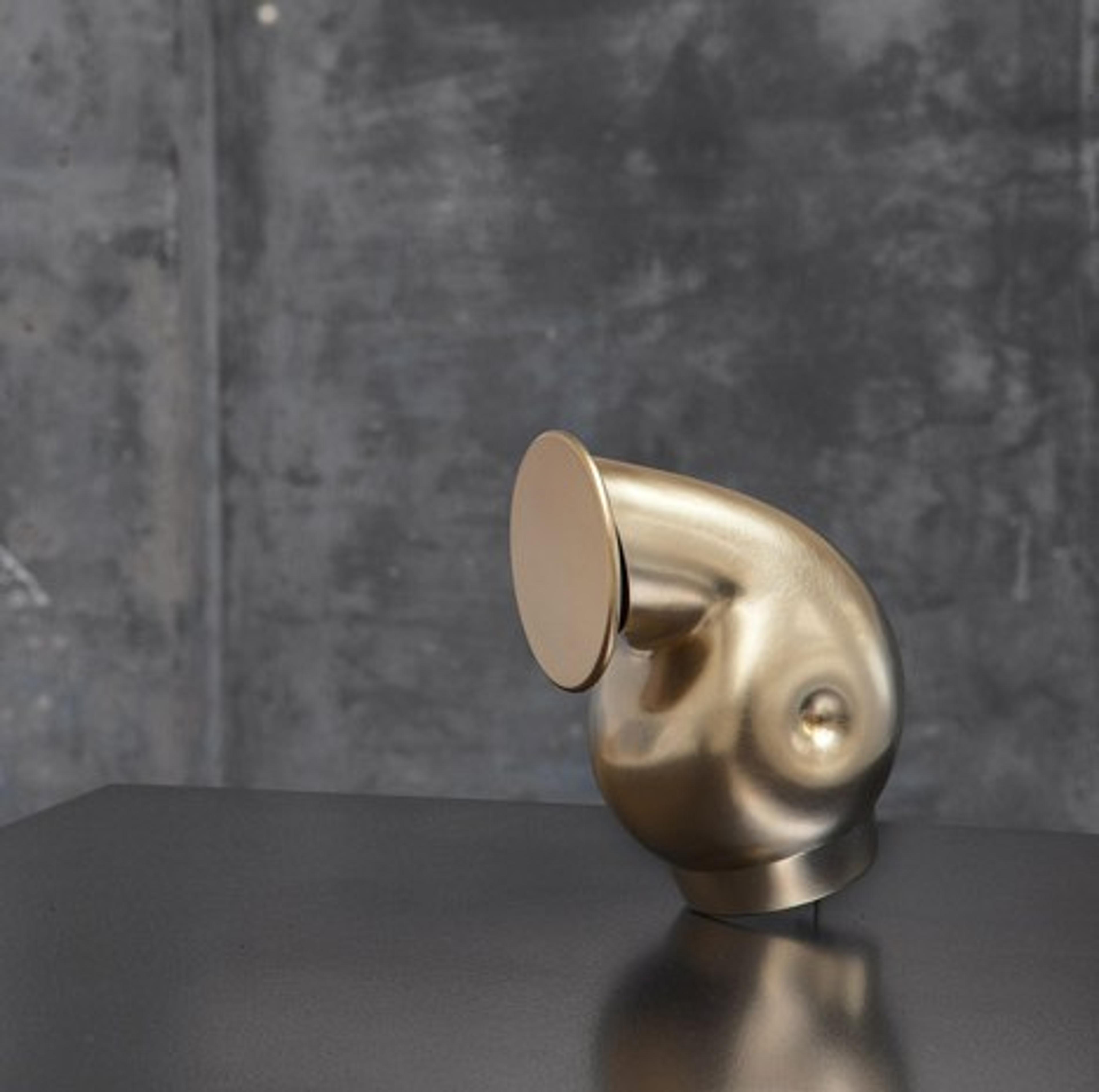
PIVOT
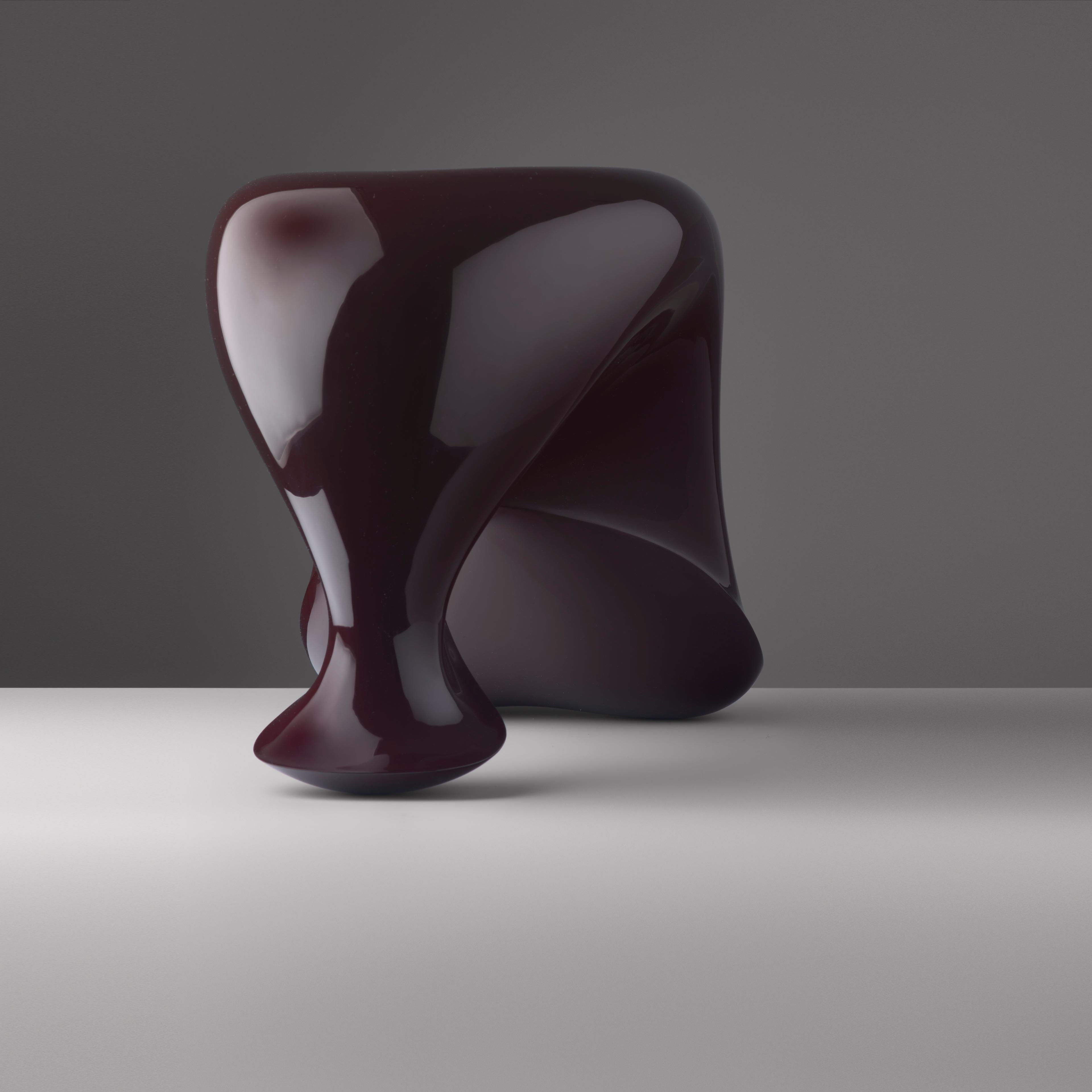
TONUS URUSHI

LAC TABLE
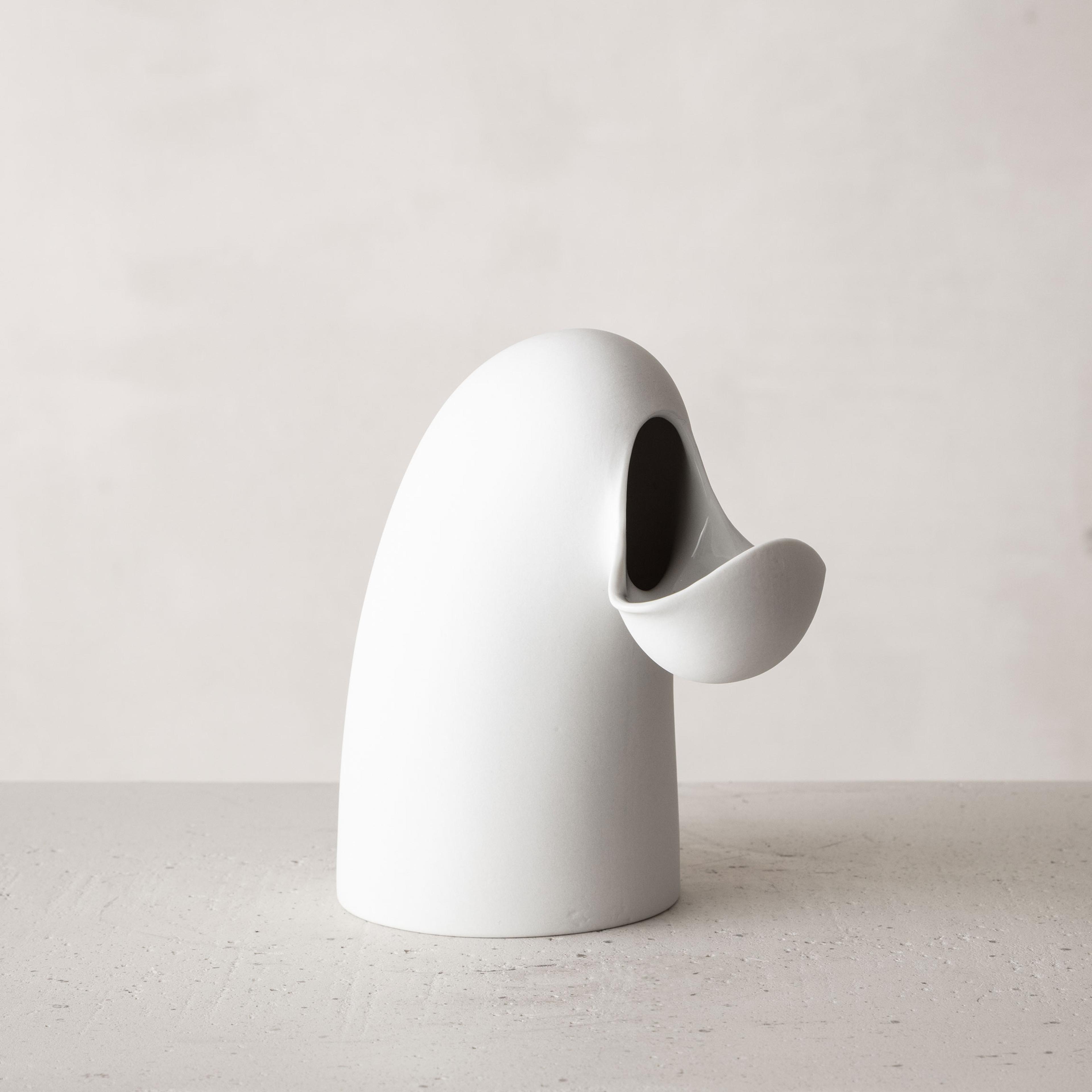
VINEGAR FLASK
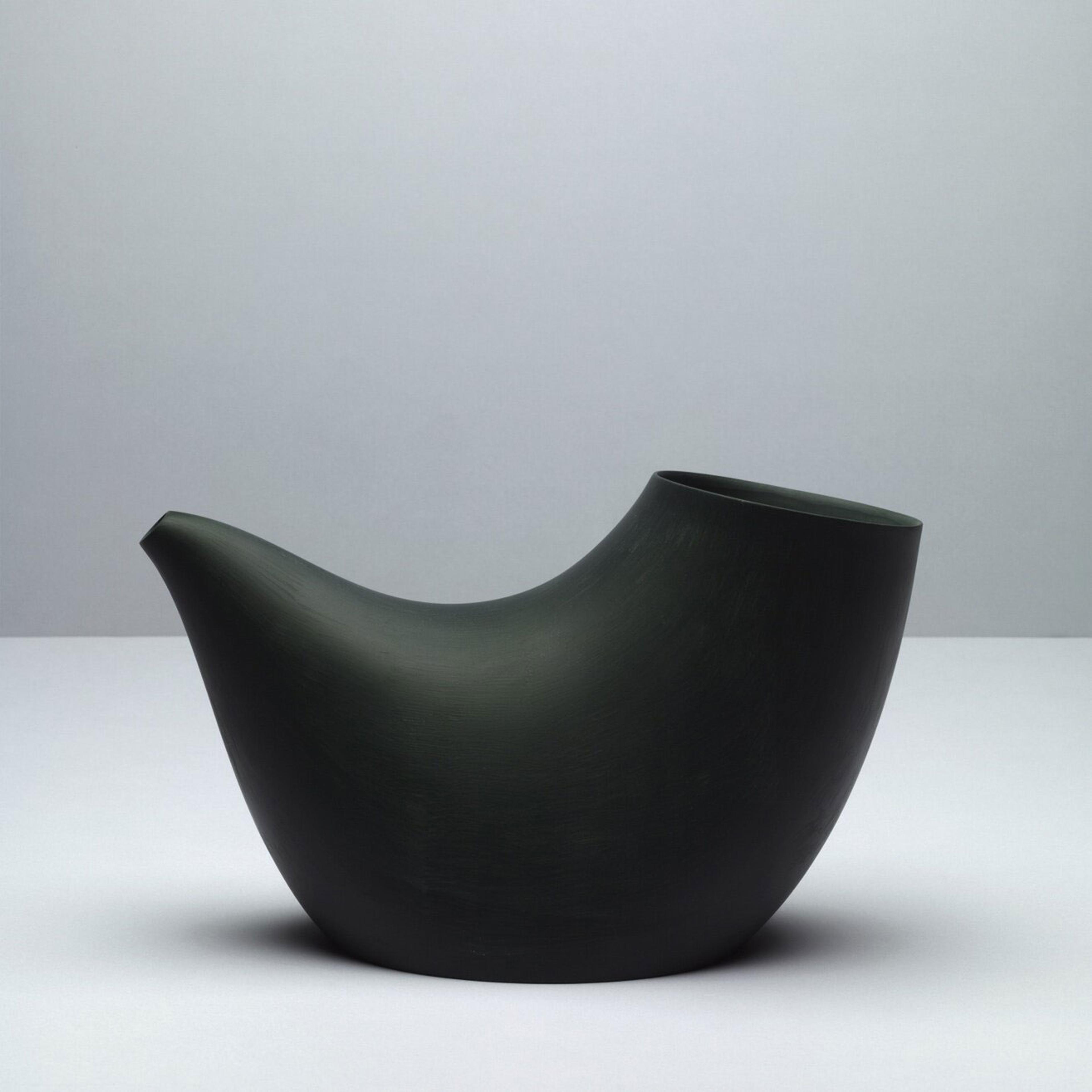
PIPE
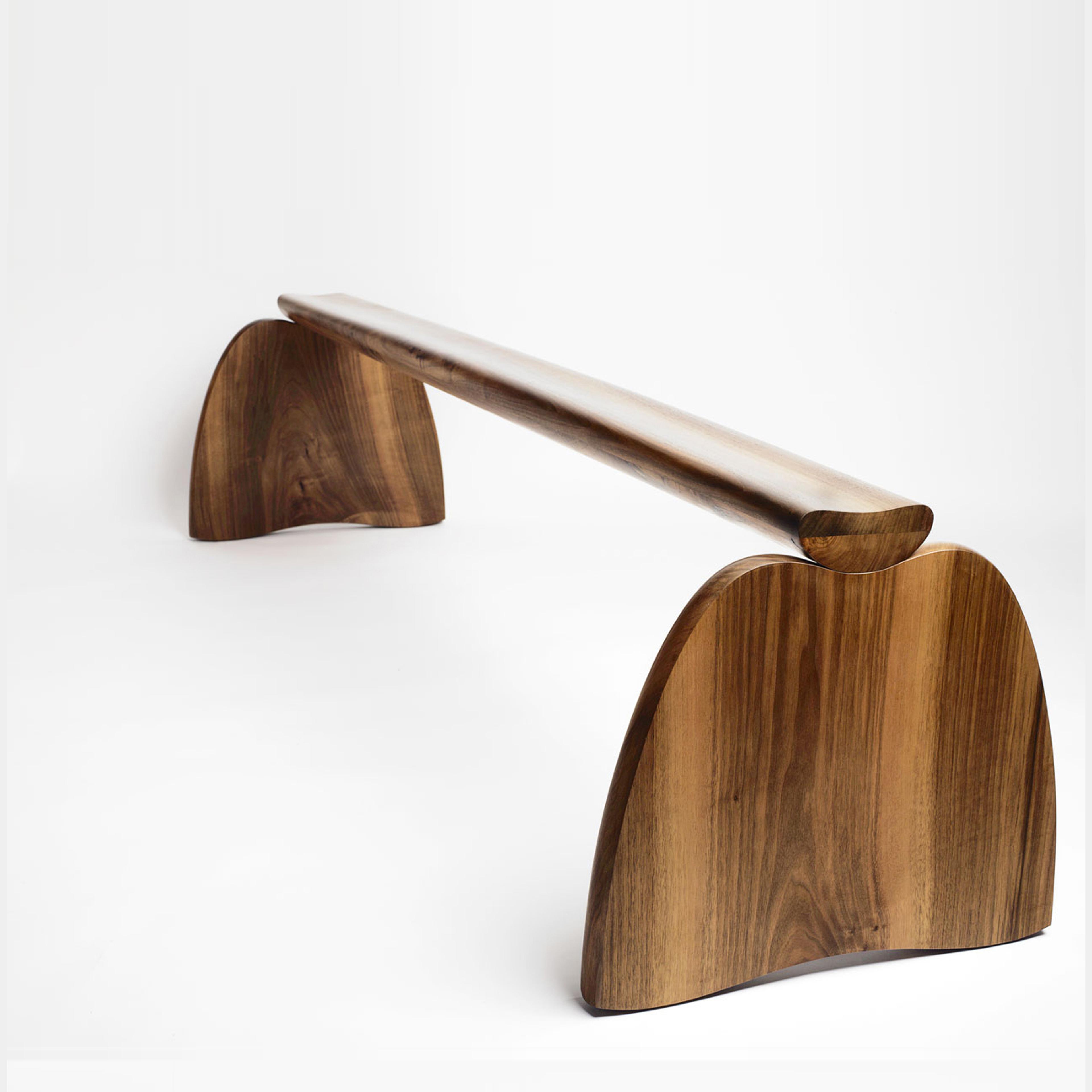
POSE
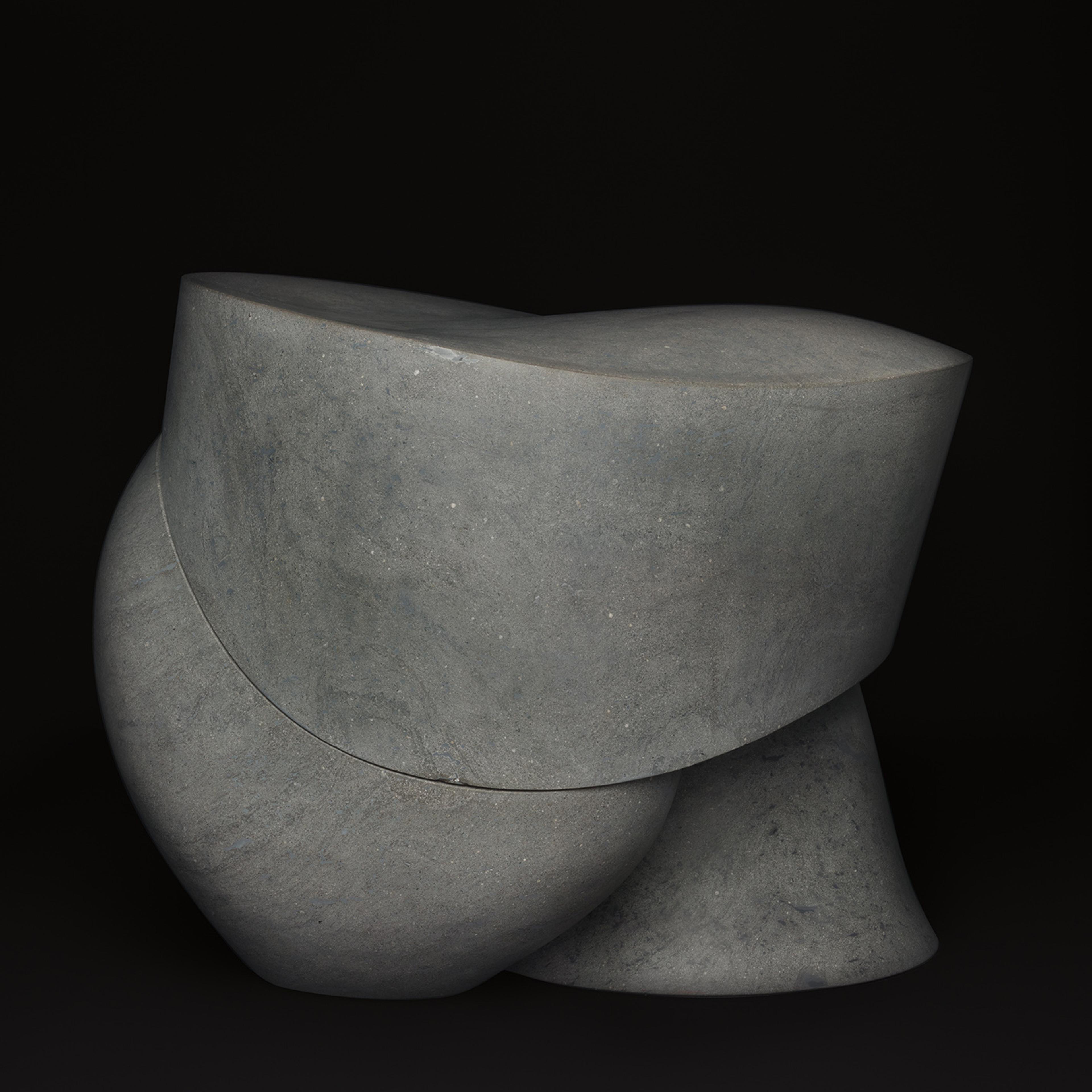
THREE-PAIR | BASALTINA

ONE LEG MAHOGANY

SWING

SUPPORT
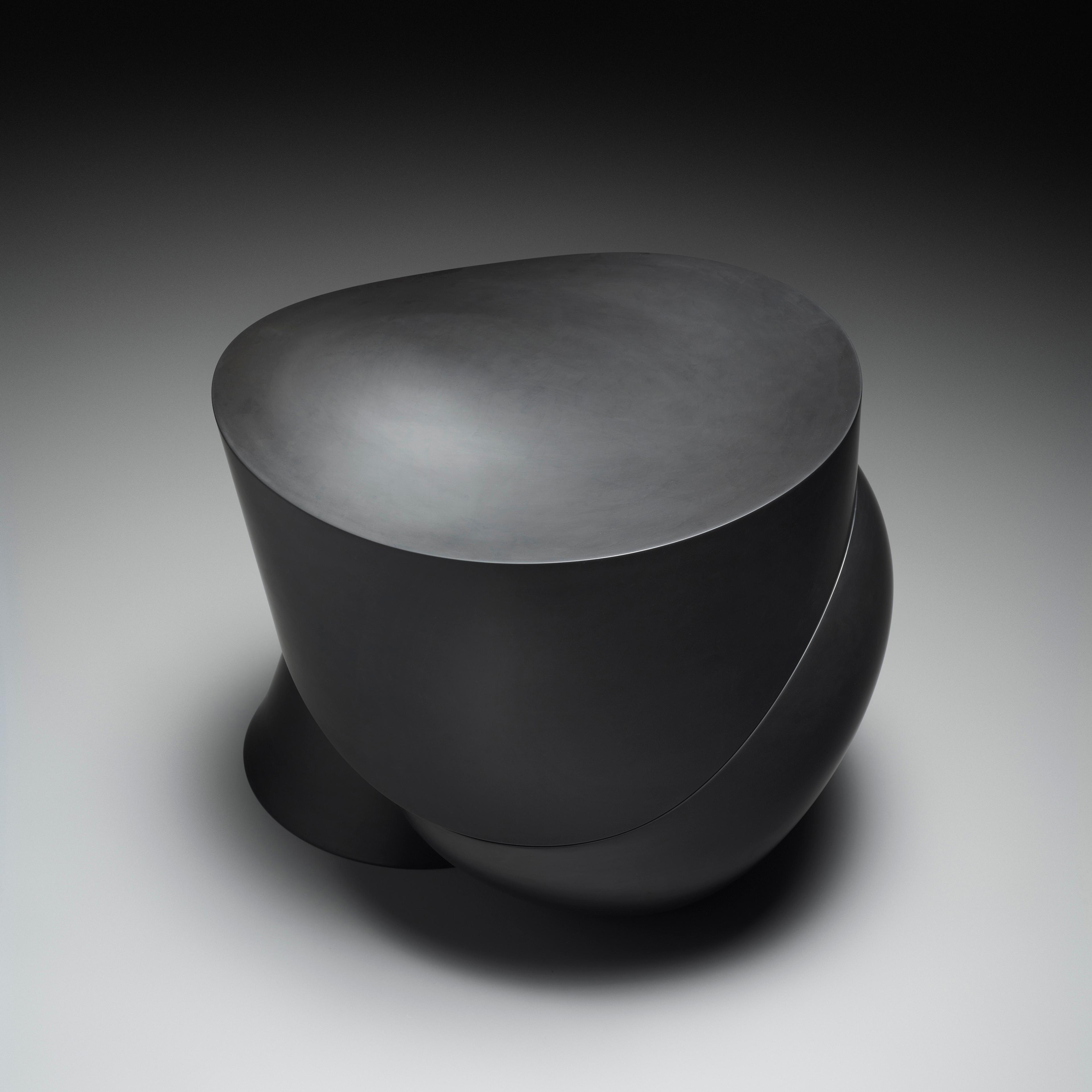
THREE-PAIR | BLACK MARBLE

GREEN LOW TABLE
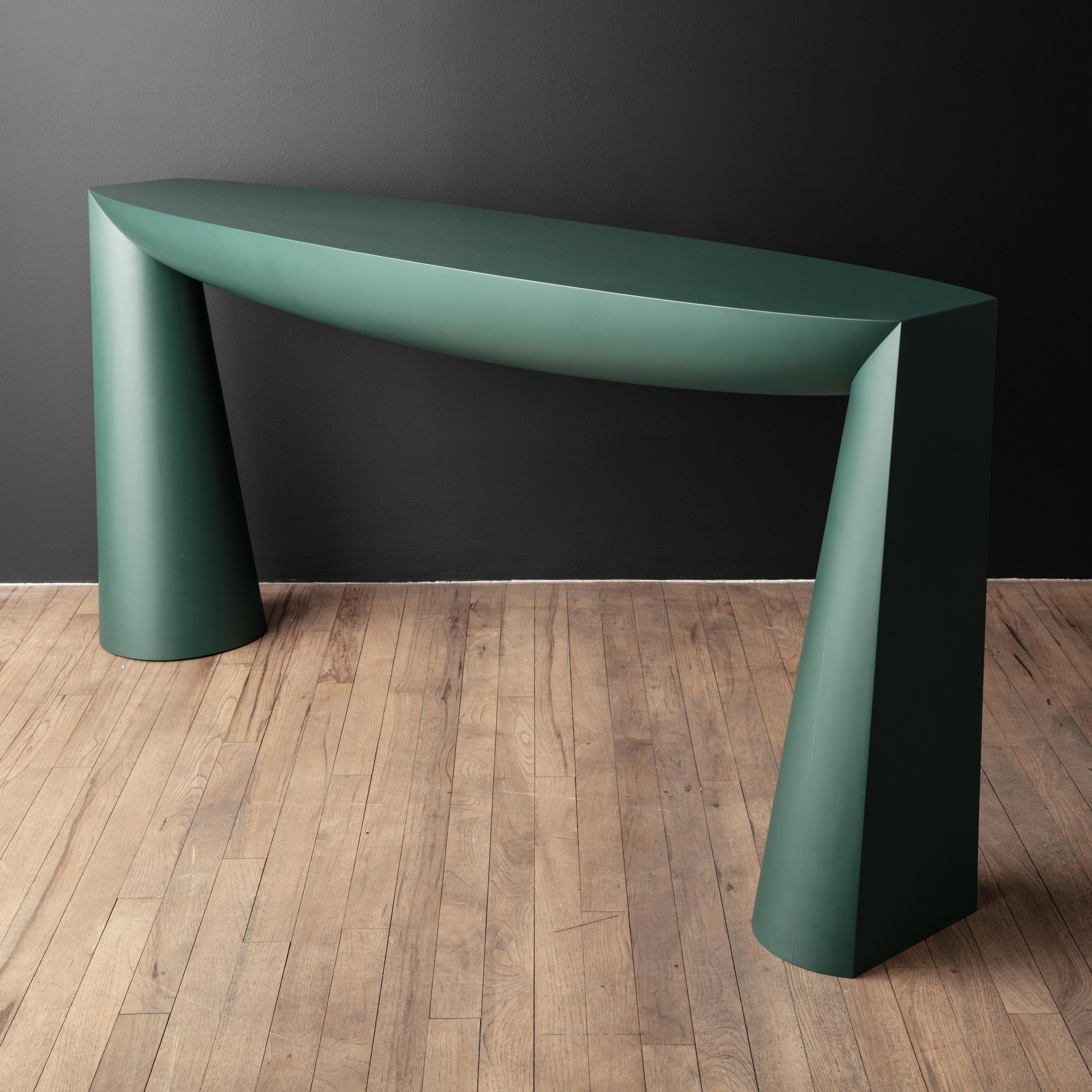
CONSOLE GREEN
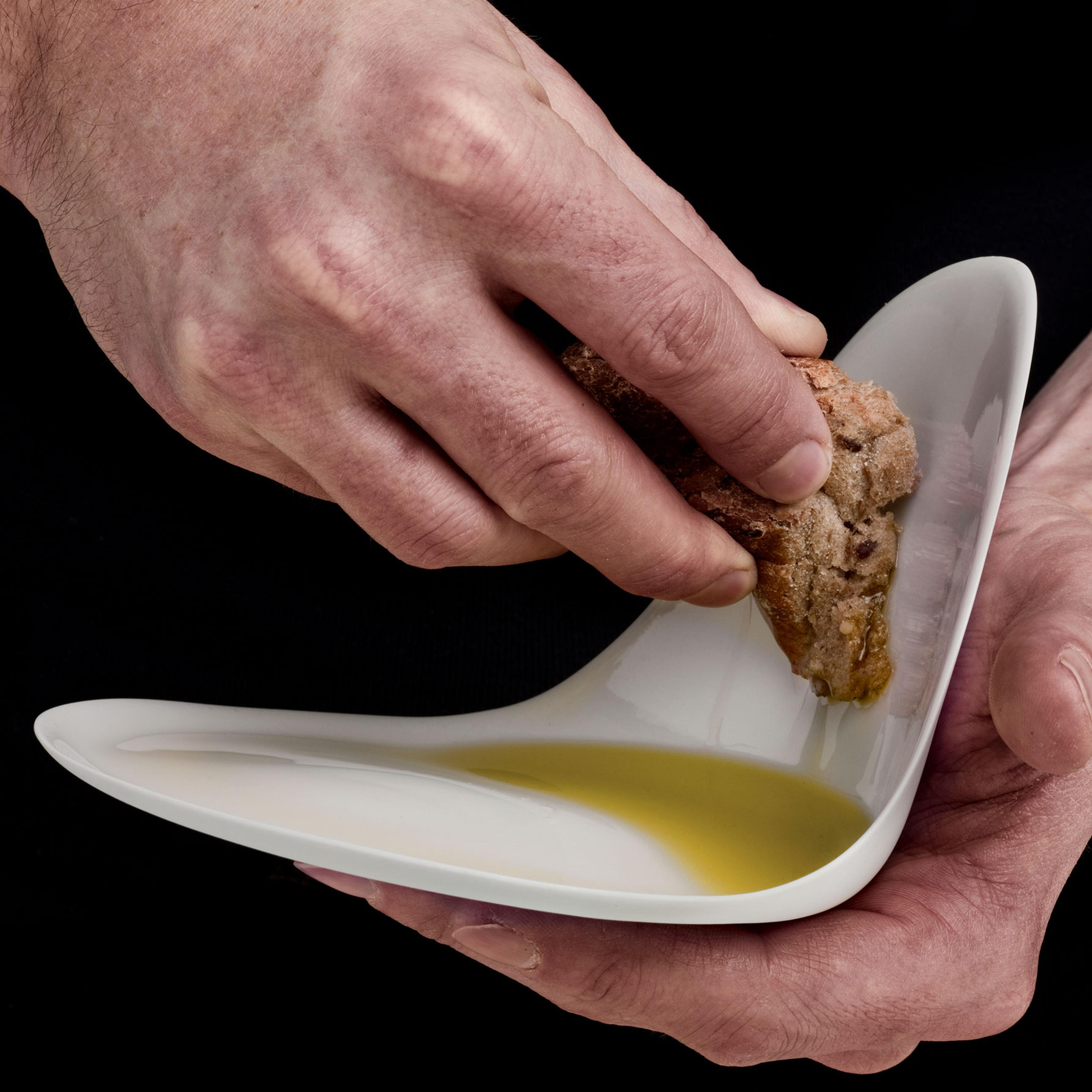
OIL PLATTER

BLACK SALT CELLAR

SQUARE POURER

SILVER POURER

MILK | OIL CAN
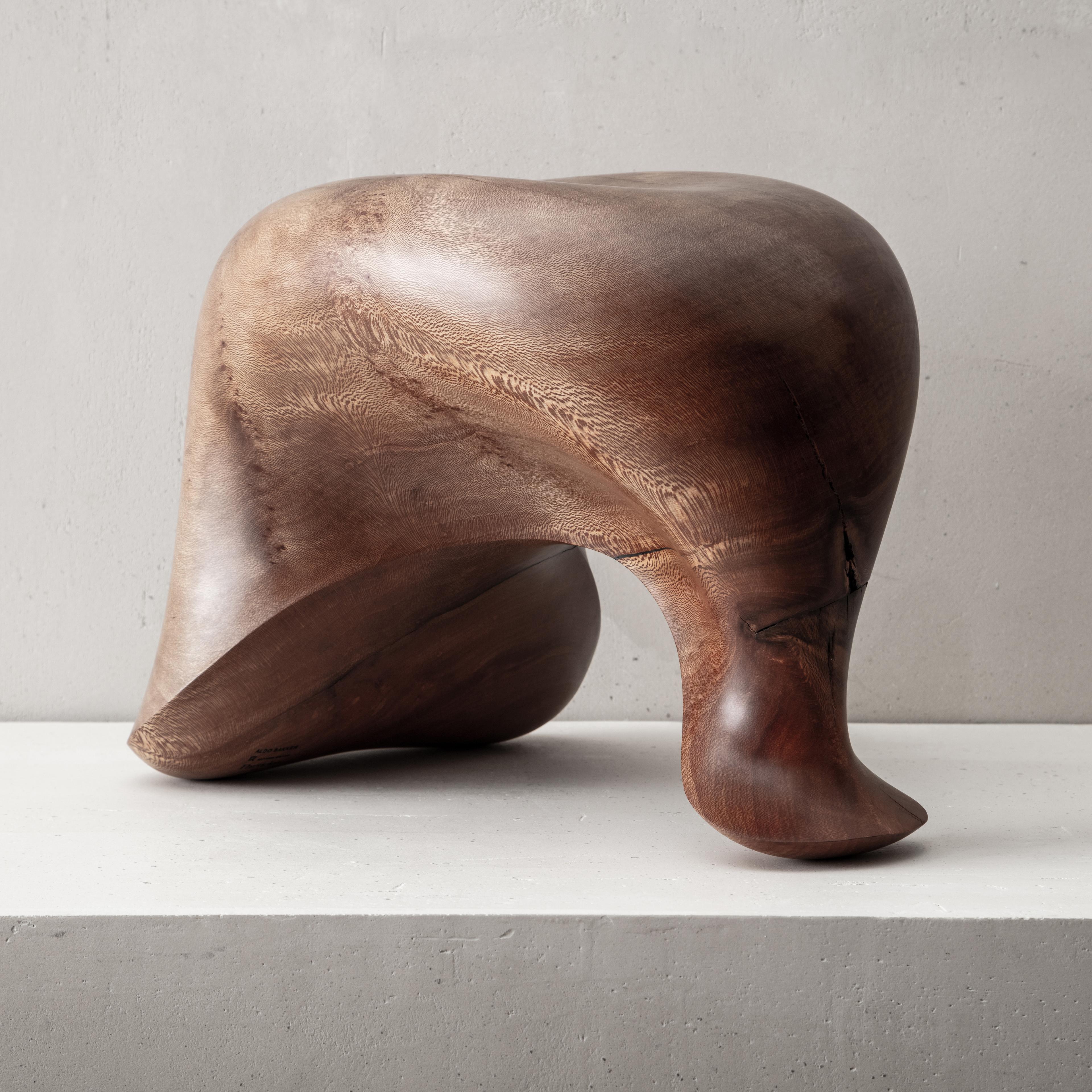
TONUS WOOD
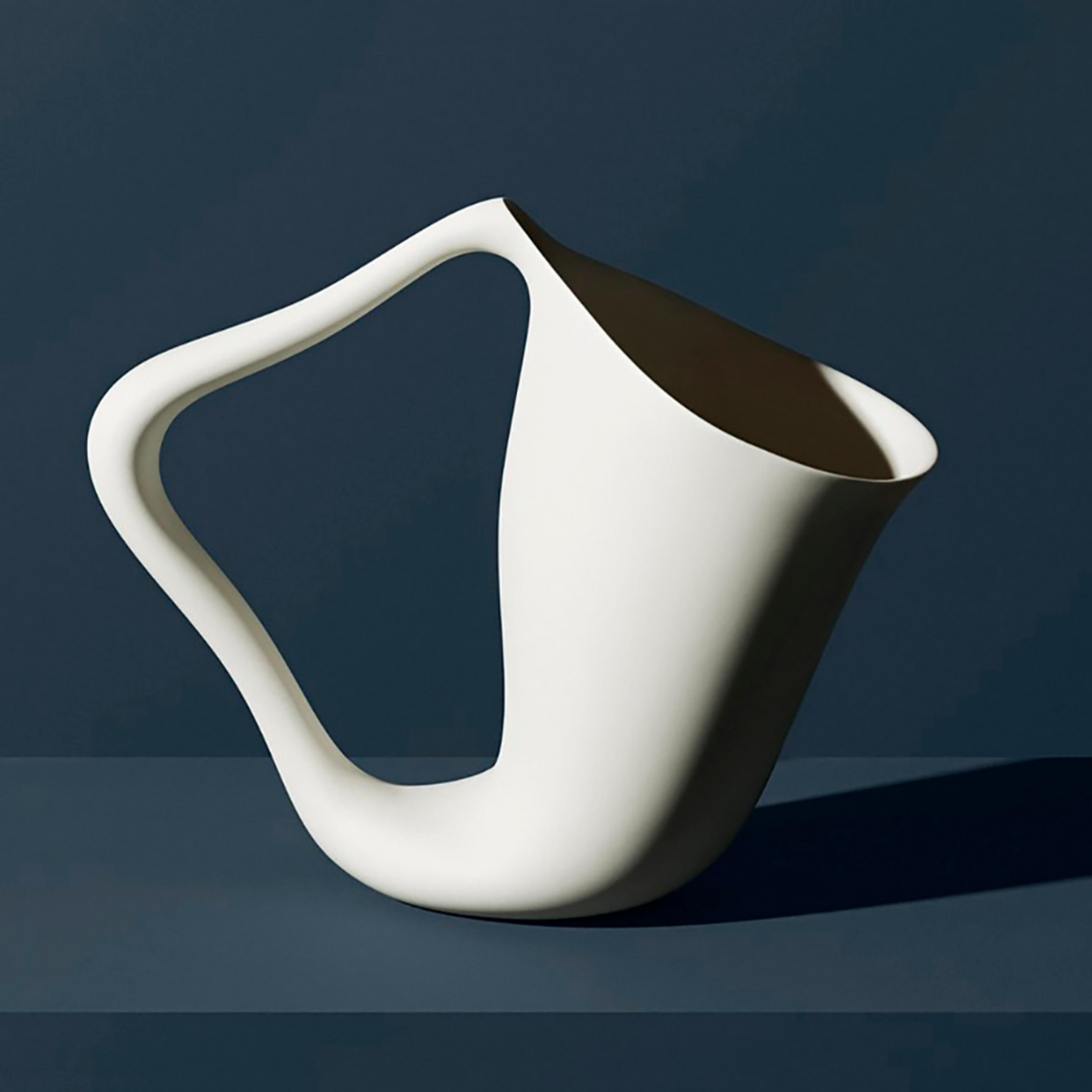
A. BAKKER | CHALICE
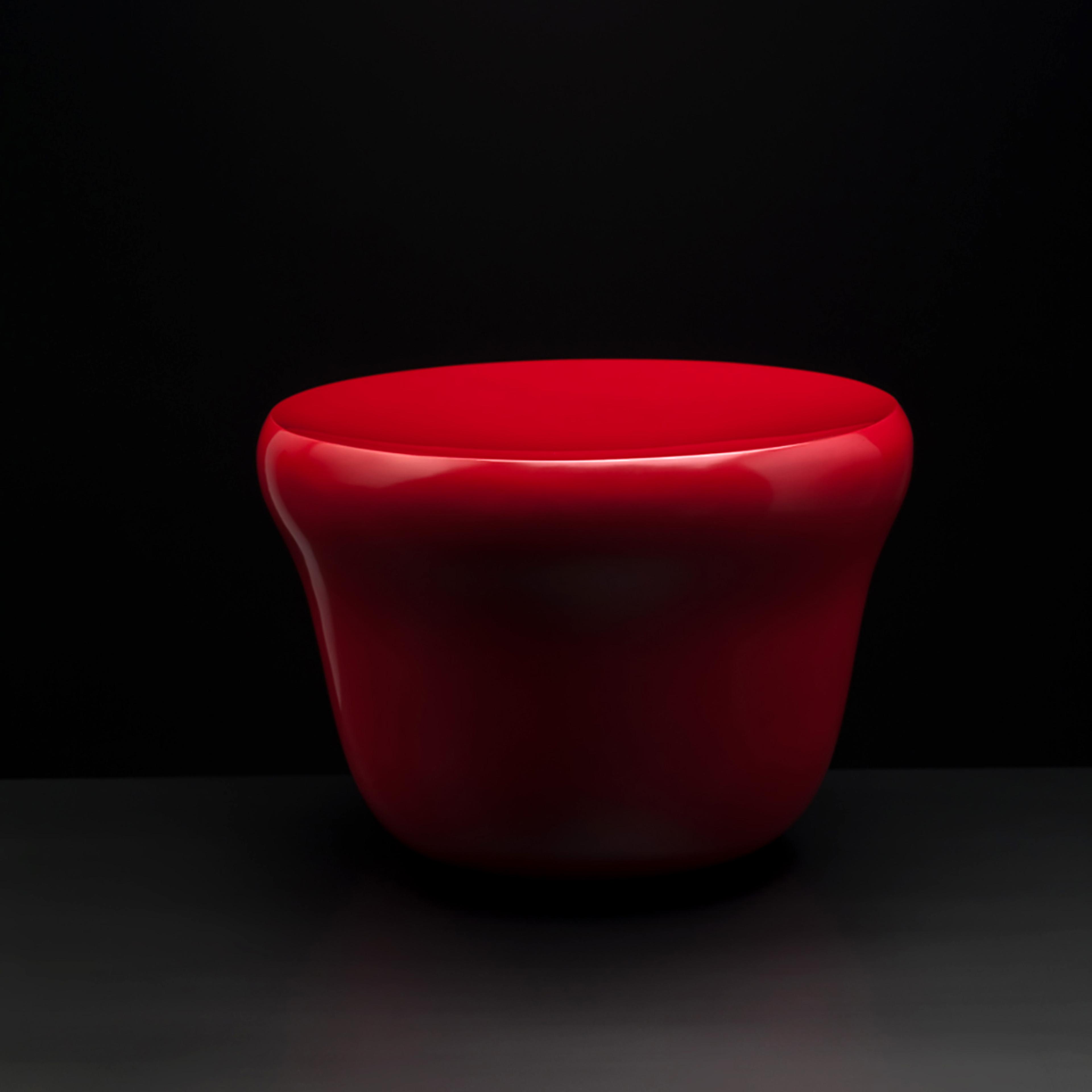
RED URUSHI
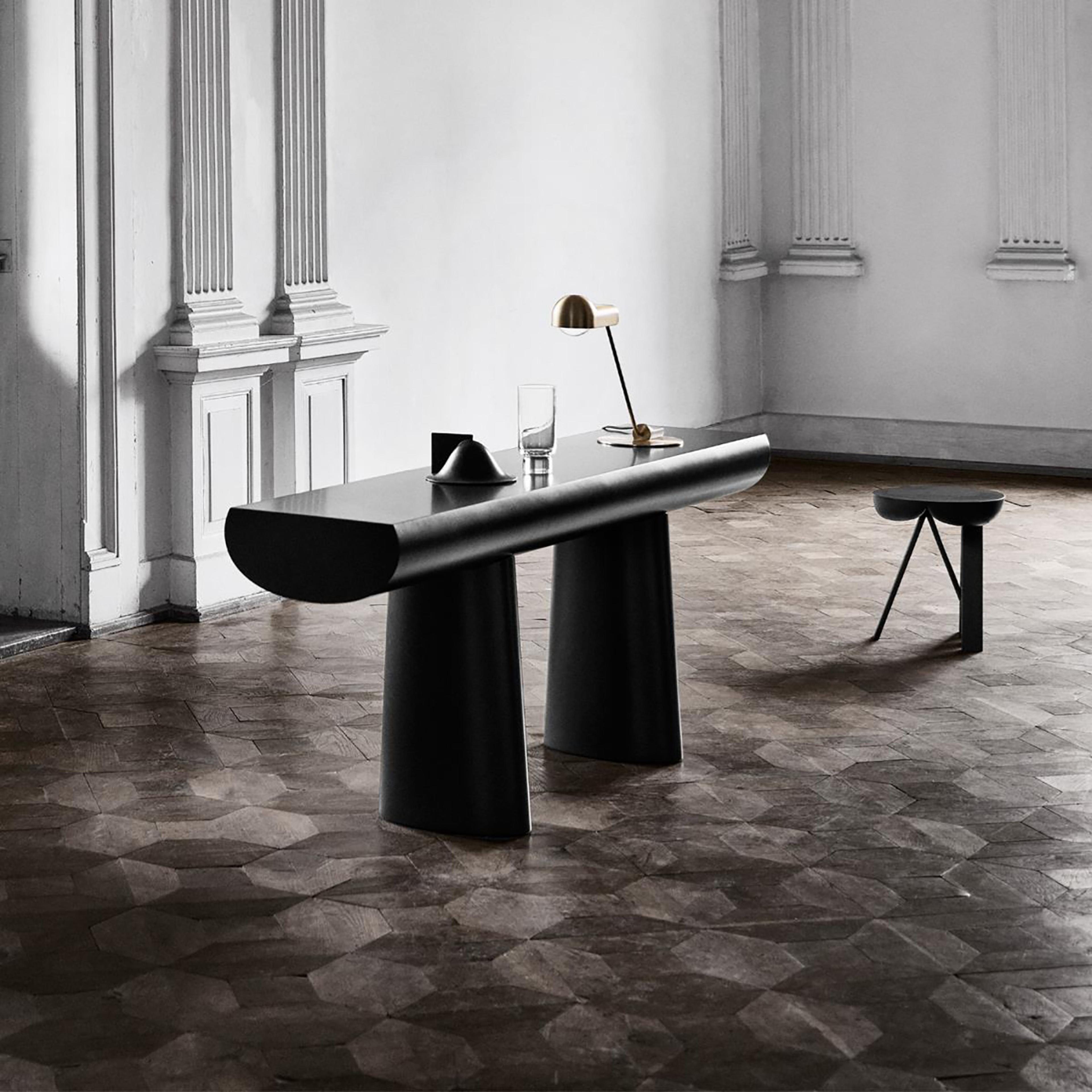
CONSOLE TABLE
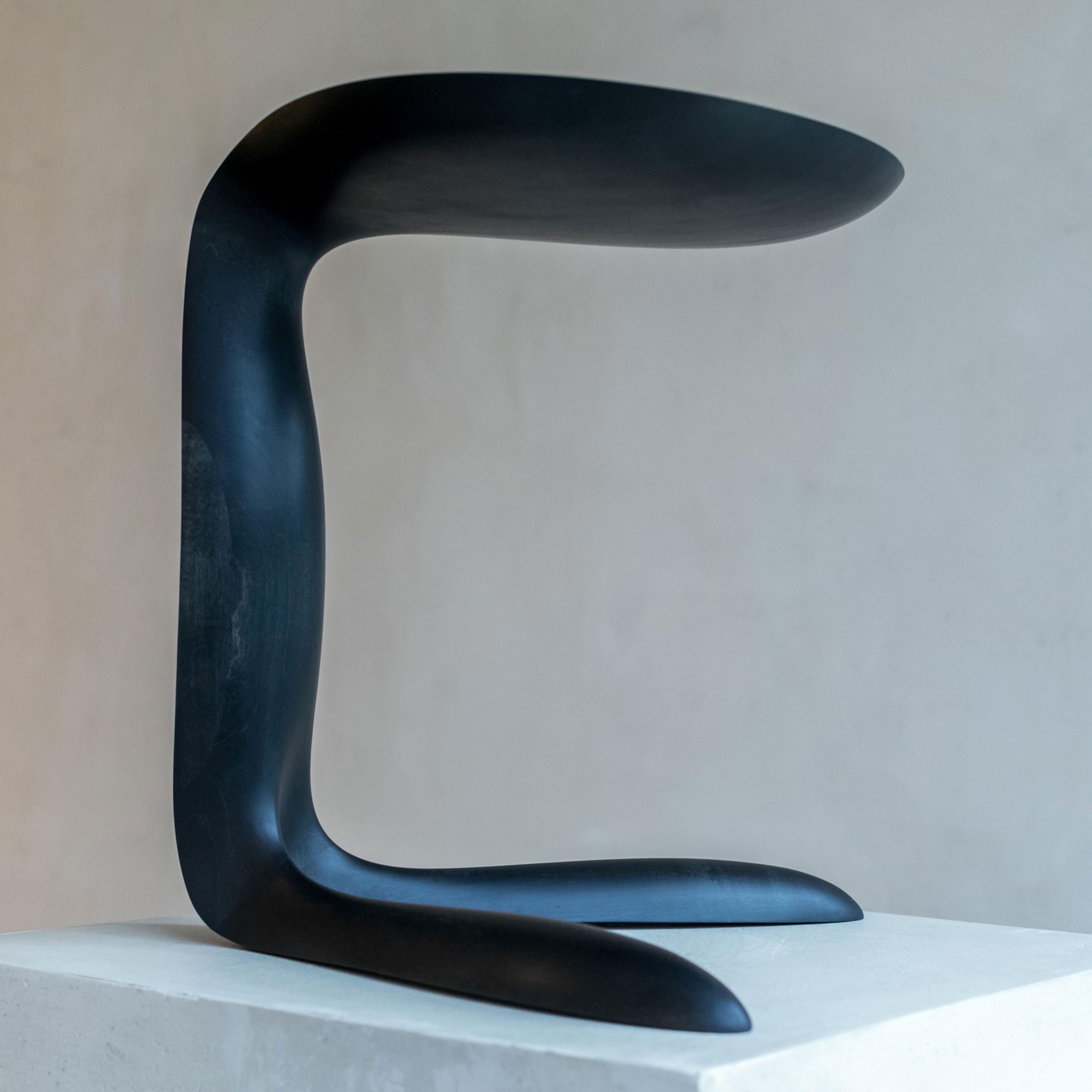
ANURA BLACK
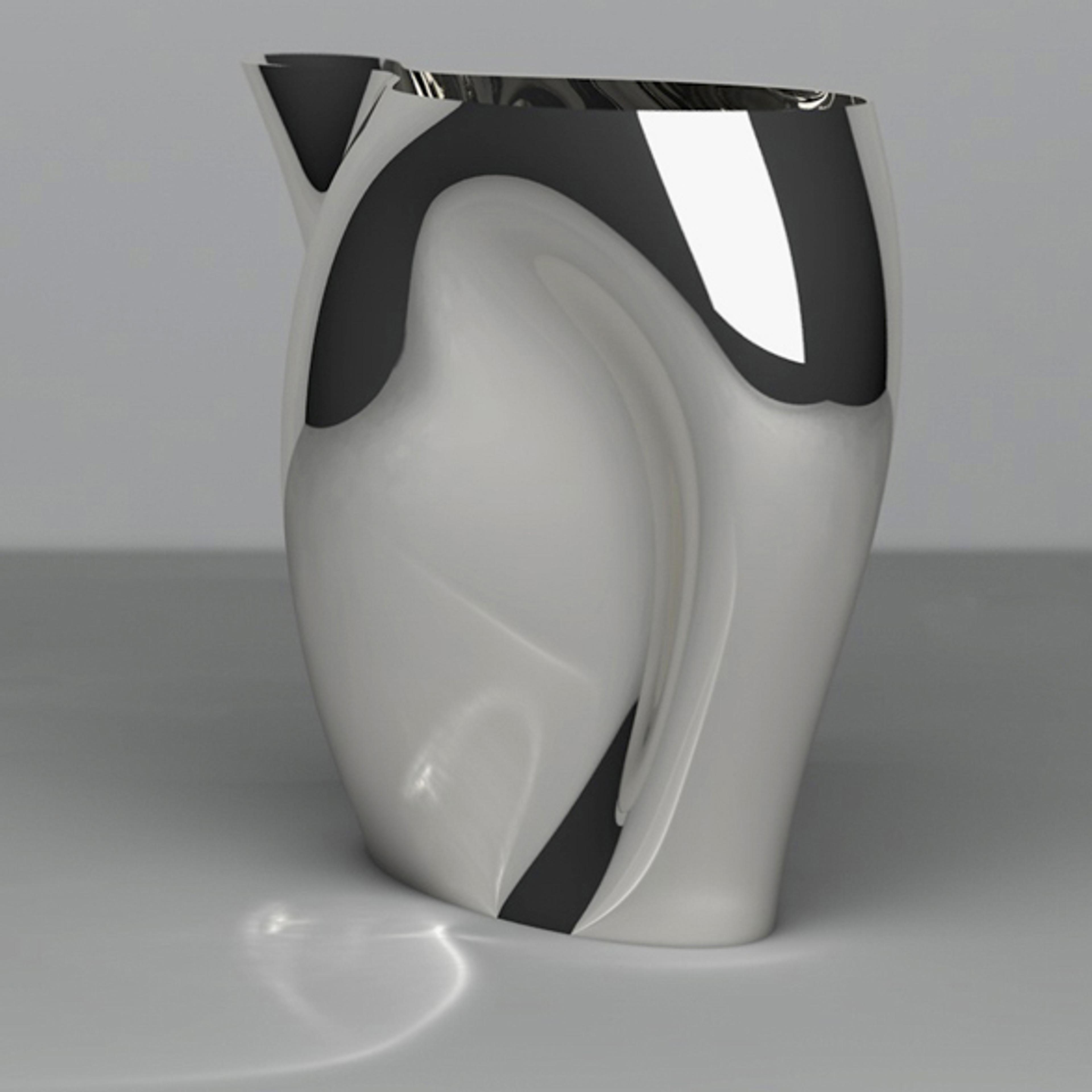
SILVER CARAFE
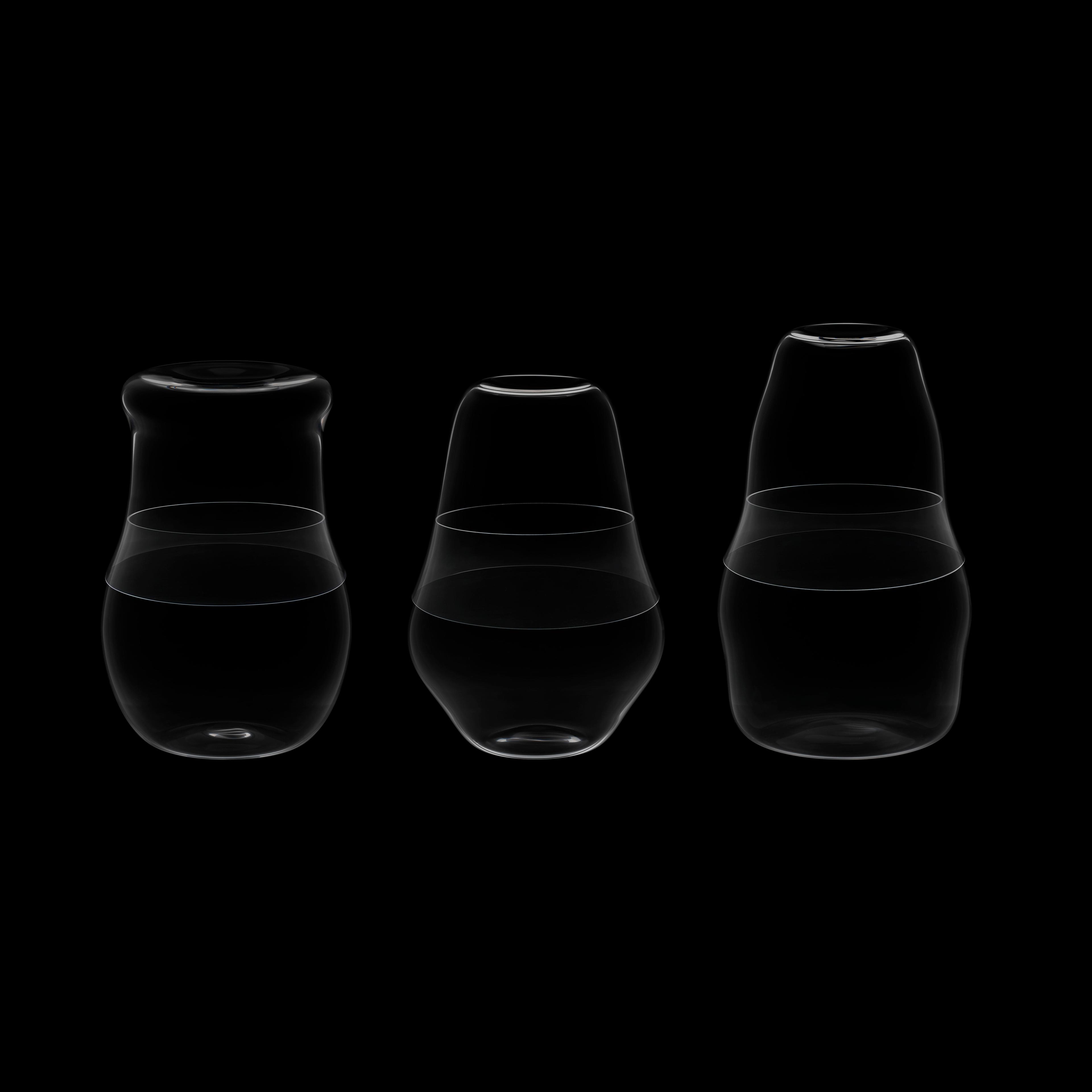
REIGEN | A. BAKKER
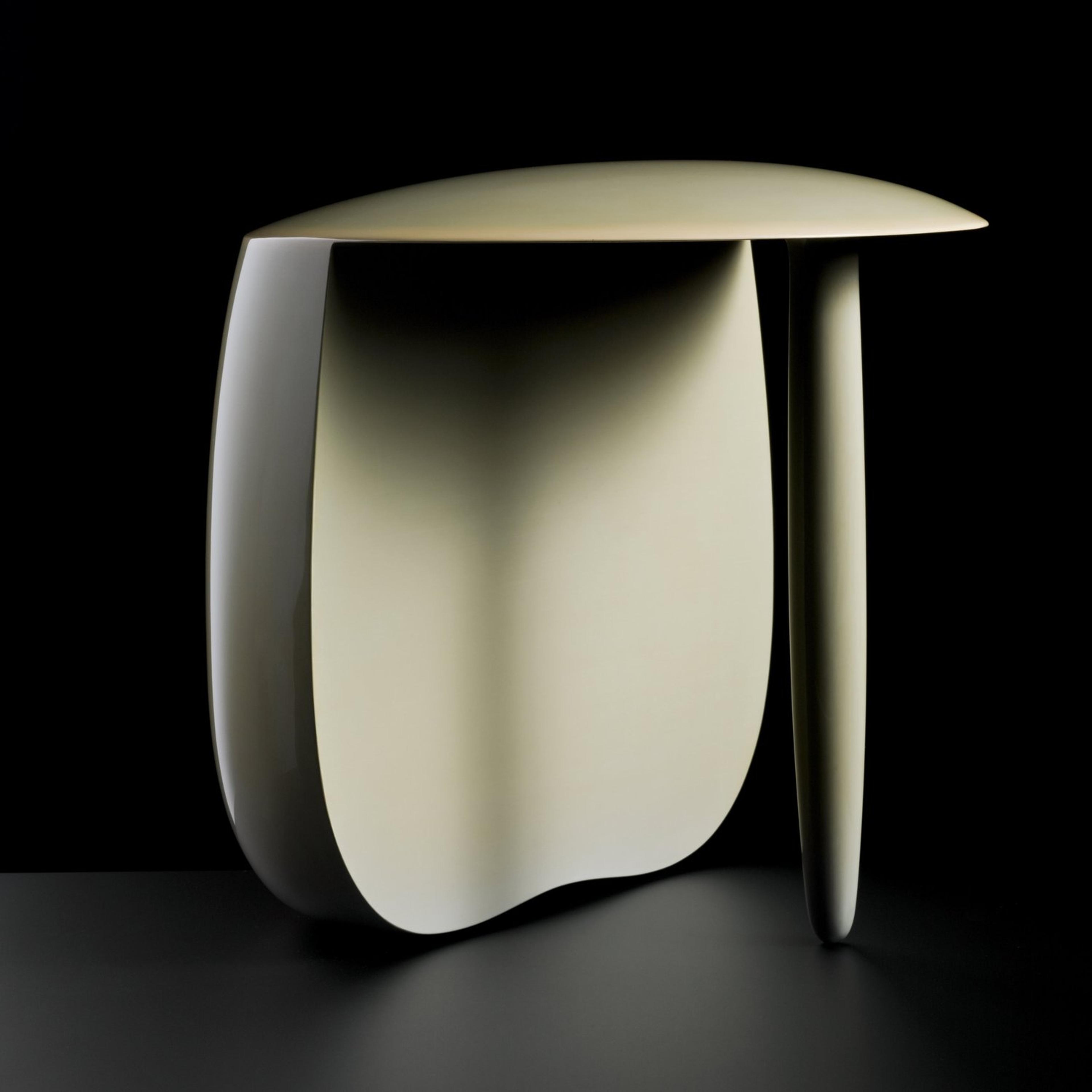
ONE LEG URUSHI

STOOL BON
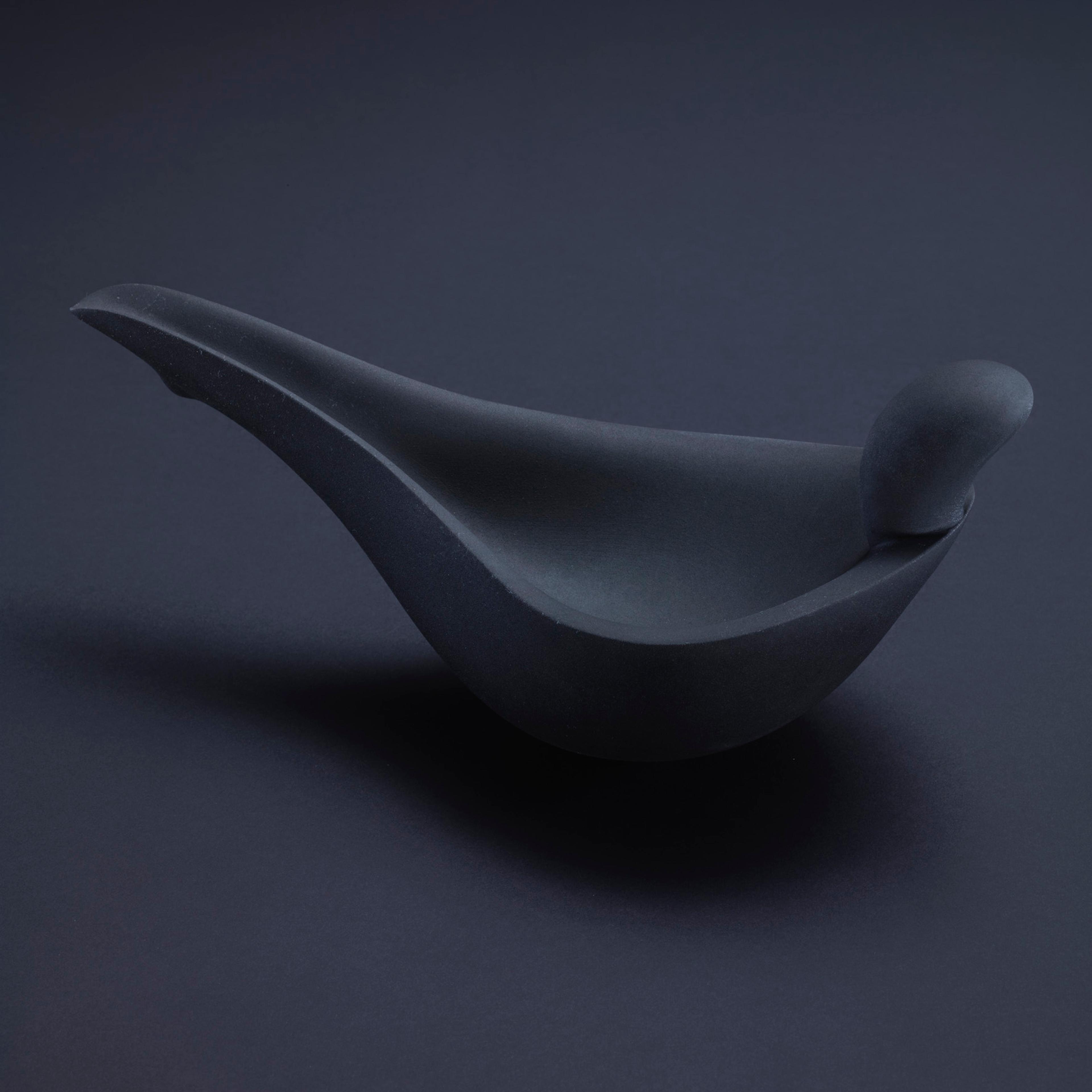
A. BAKKER | ARTEFACT
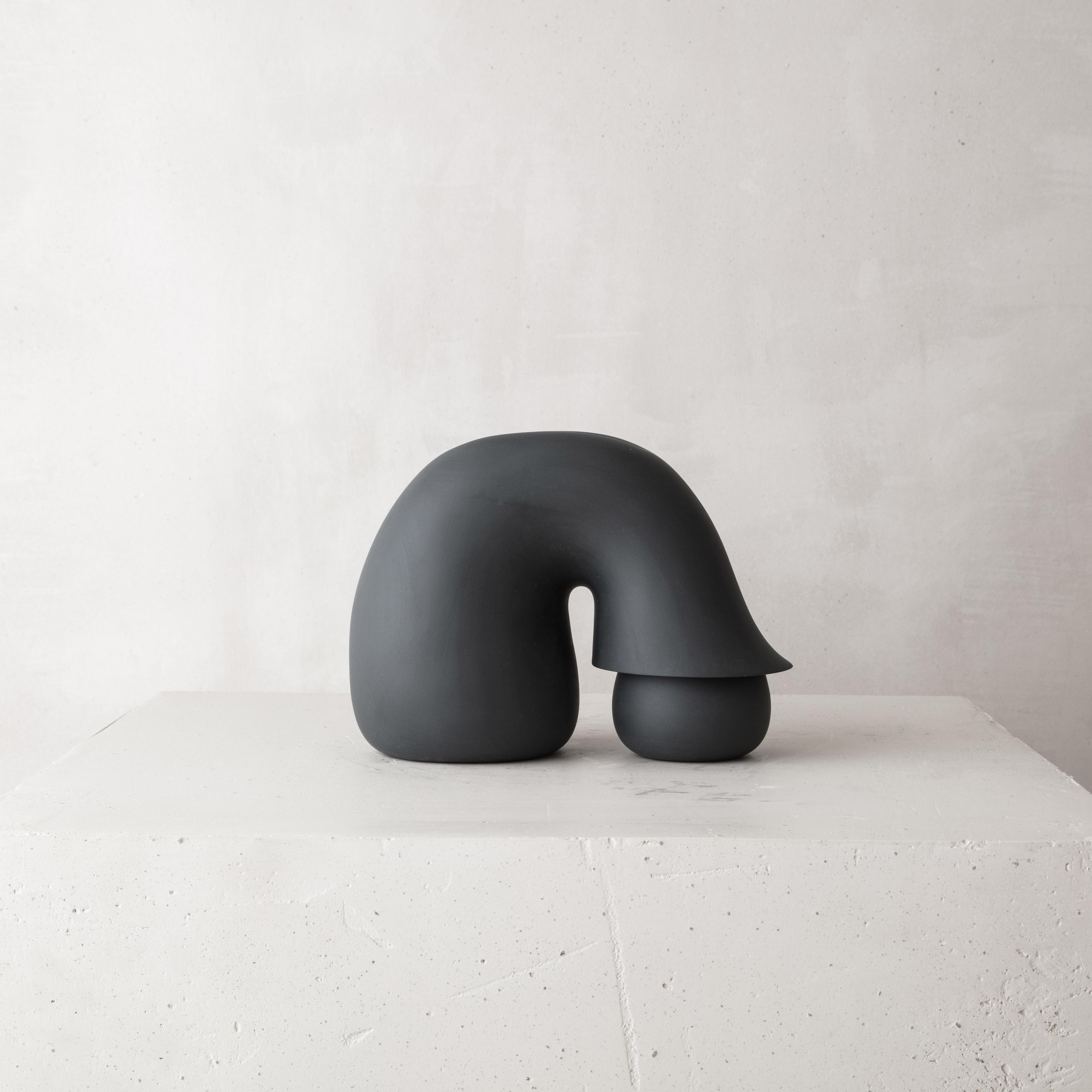
JUG+CUP
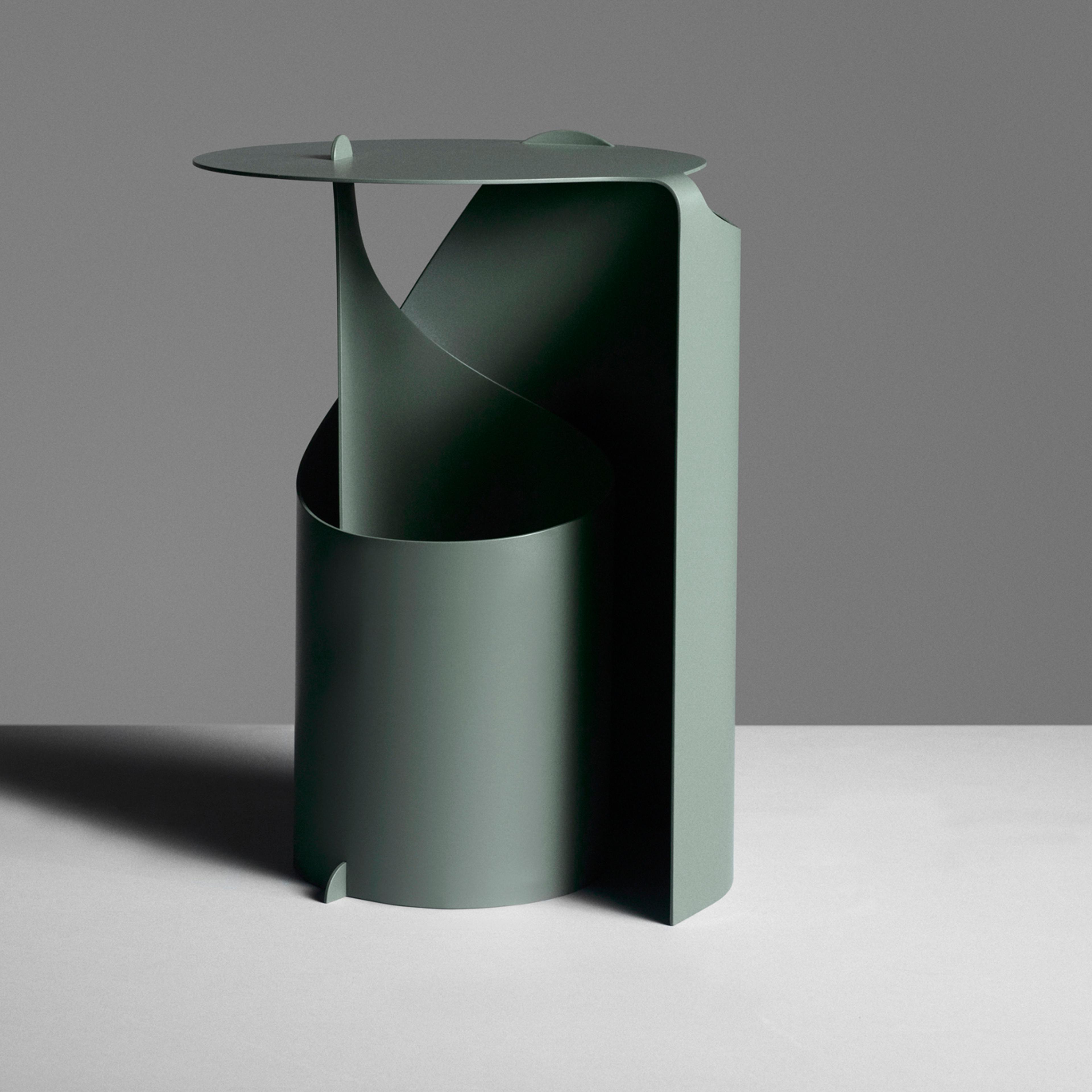
GREEN SIDE TABLE



